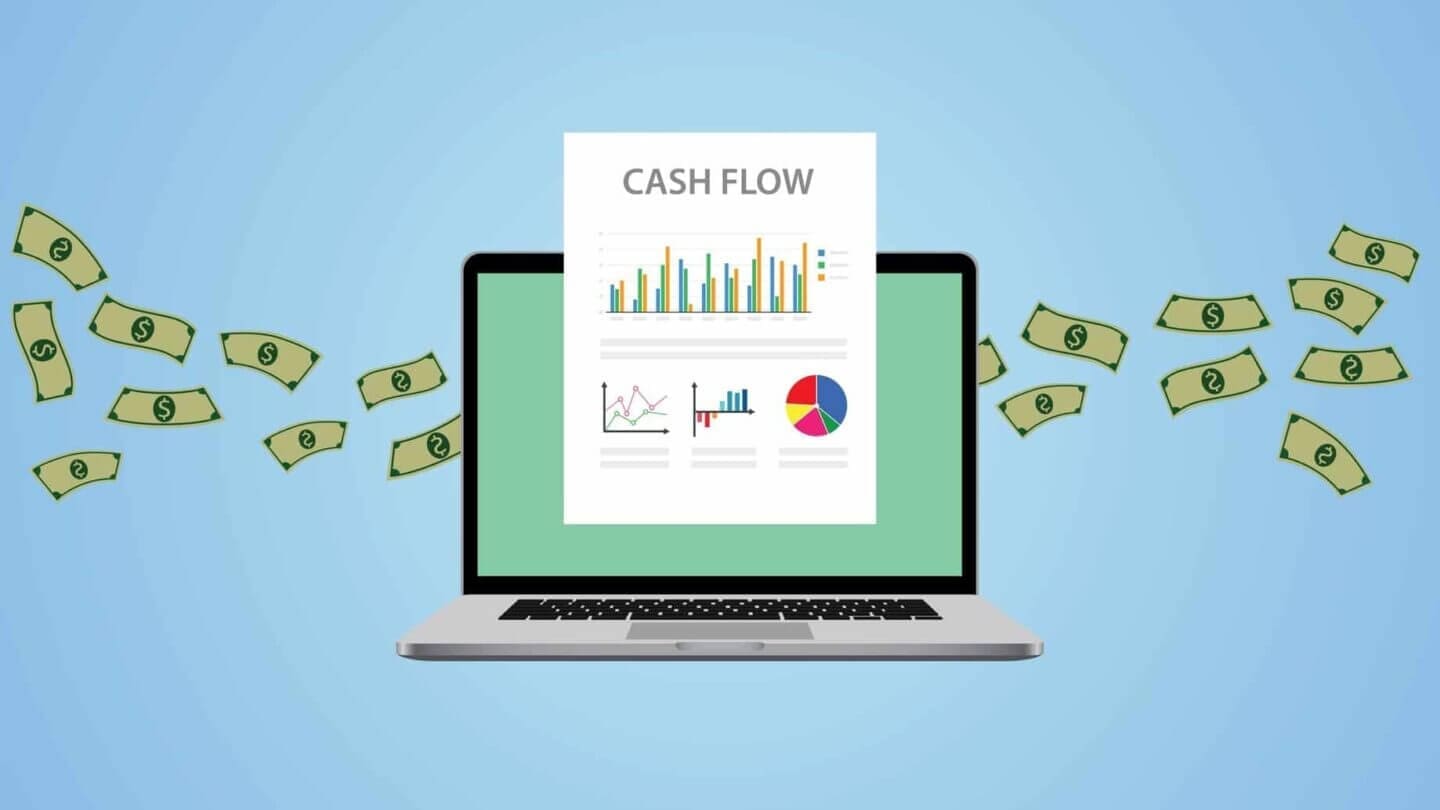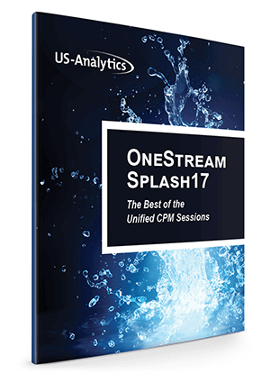Planning is not one size fits all — organizations have a variety of techniques to choose from today based on their specific needs and strategy. Typically, modern planning processes include:
- Seeding from other scenarios (such as actuals)
- Combining scenarios for forecasts (i.e. actual and forecast)
- Driver-based planning
- Allocations of global expenses for profitability
- “What if” scenario gaming/modeling
- Machine learning
These processes can work in tandem with or within OneStream. To have a successful implementation with OneStream, first you need to understand your processes and which specialty planning solutions can help you improve those processes.
There are many other aspects you must consider during your implementation to make your life easier in the long run. In this blog post, we’ll specifically look at considerations for Cash Planning with OneStream.
With OneStream’s Cash Planning solution, you can model the changes to your cash flow to understand the impact of all cash sources, including payables, receivables, investments, capital expense, and financing. Cash Planning gives you a lot of powerful functionality — like the ability to model your investments and see the expected returns. You can also gain more visibility into your credit position and see the impact of any changes.
The Cash Planning solution is a truly powerful tool, that also allows you to automate your cash flow. The methods of automating cash flow in OneStream XF are balance sheet constraints, rules, and mapping.
Method 1: Balance Sheet Constraints
If you’re using the flow dimension for your balance sheet, you’re able to make balance sheet accounts children of cash flow accounts. These cash flow accounts need to have constraints defined only for their activity.
The Pros:
- Being part of the data unit aggregation, calculation is “free”
The Cons:
- Most balance sheets do not provide the detail to support this method, so additional rule creation is needed
- Breaking out flow can be difficult
Method 2: Rules
The approach of using rules for your cash flow automation is popular with the OneStream crowd because of the flexibility. Additionally, OneStream has drill-down functionality, allowing you to display anything that explains the cash flow.
The Pros:
- Flexible and adaptable for client requirements
The Cons:
- Increased maintenance and support
Method 3: Mapping
With the mapping approach, you have almost no rules. Mapping assumes that you will build the cash flow as a part of the original project.
The Pros:
- Rules aren’t needed — there are only a few exceptions
- It creates the best reporting because the cash flow is seen by expanding the account by a UD dimension
The Cons:
- Another entity is required for Parent cash flow adjustments or data entry occurring at the parent
- You might need to change your flow to better support this approach
- Adding accounts may require reloading data
For more on OneStream’s Planning solutions, download the eBook…
– Terry Ledet
Terry Ledet is a seasoned financial systems professional, at US-Analytics, with expertise in developing complex financial reporting, accounting, and planning applications. With 18+ years of experience in project and resource management, Terry possesses the ability to identify and translate a client’s needs into an actionable technical solution.
Get Started With a Personal Demo



